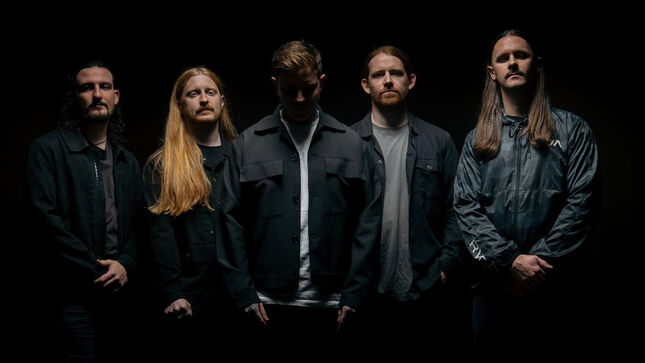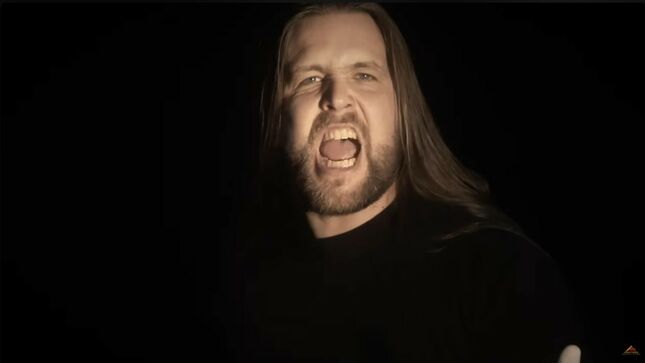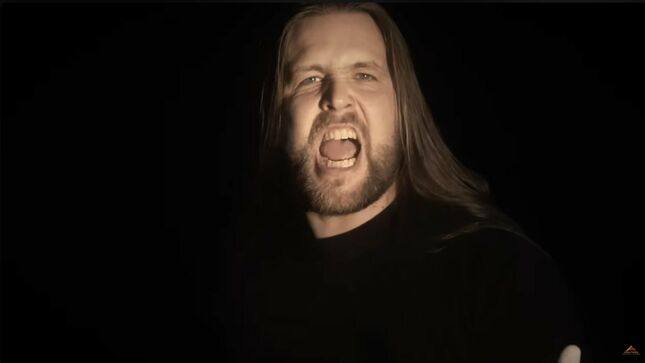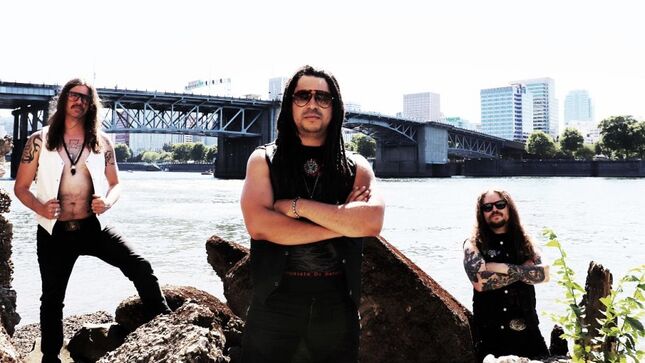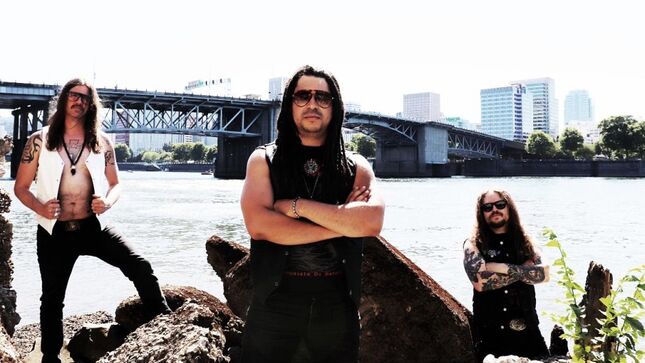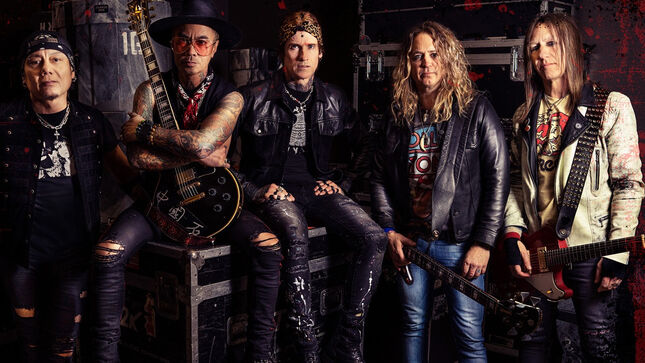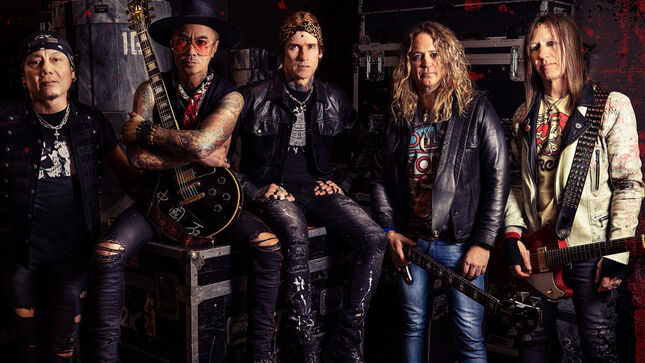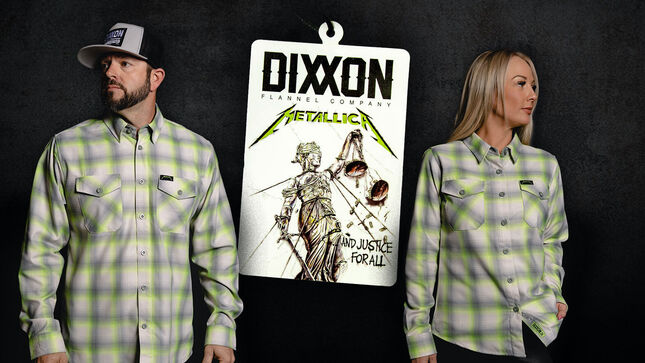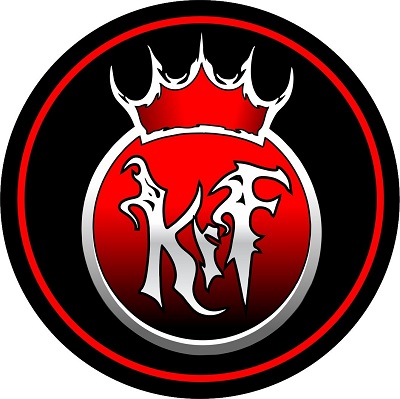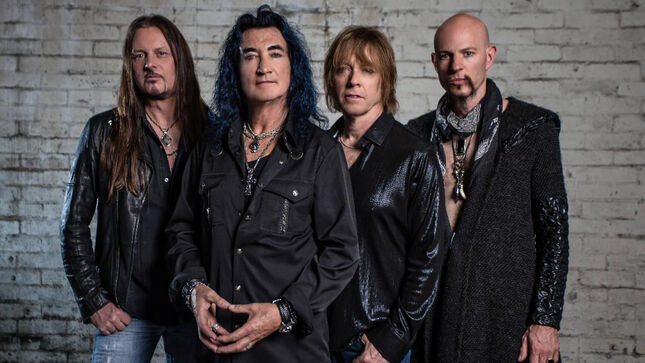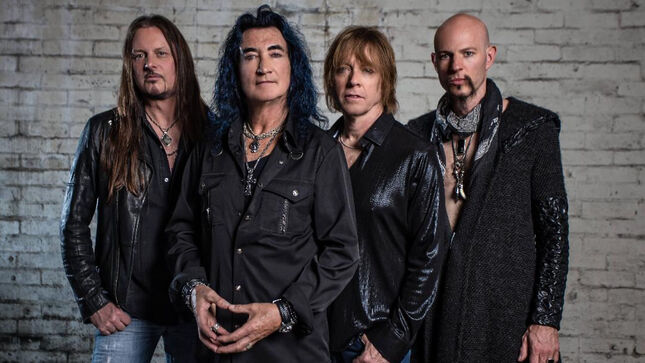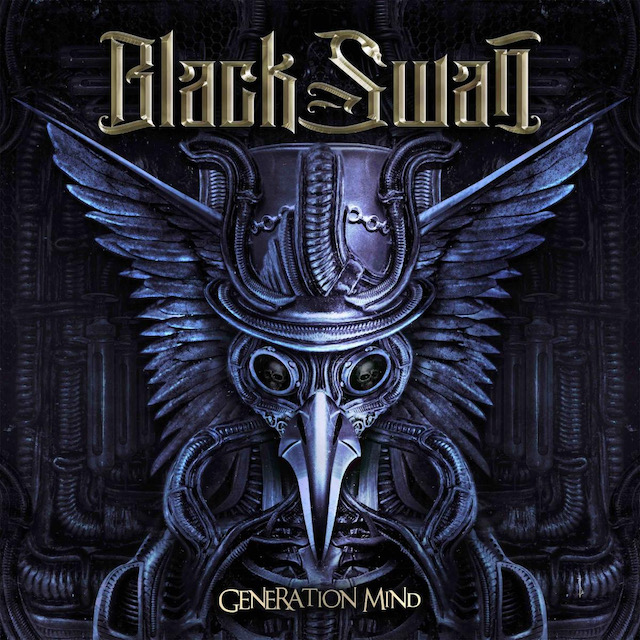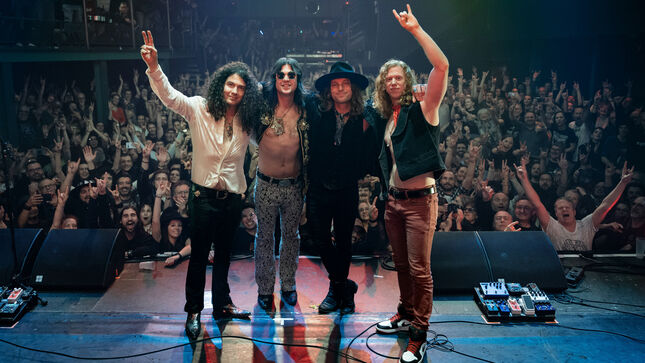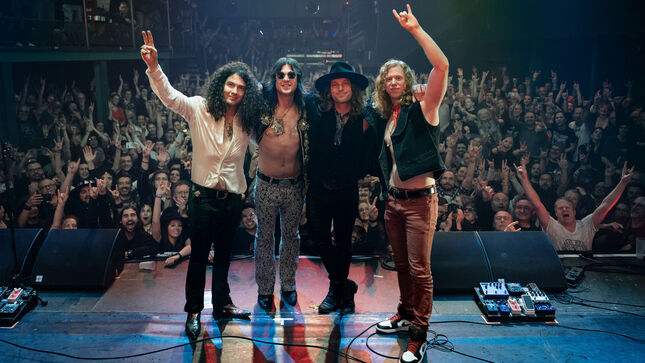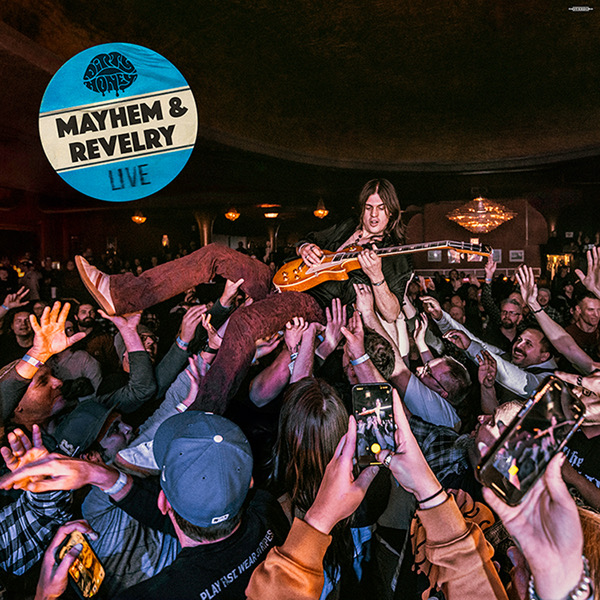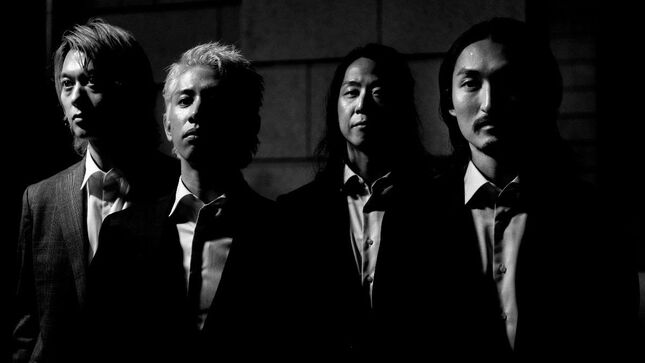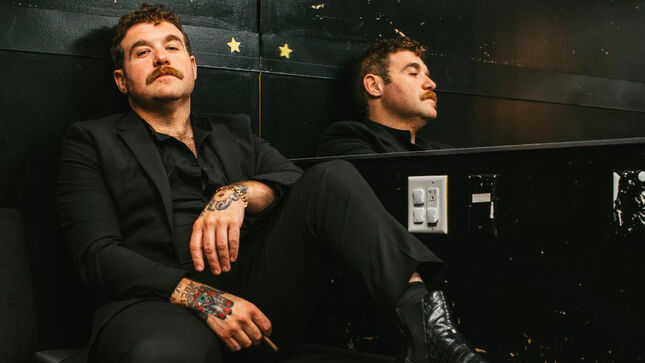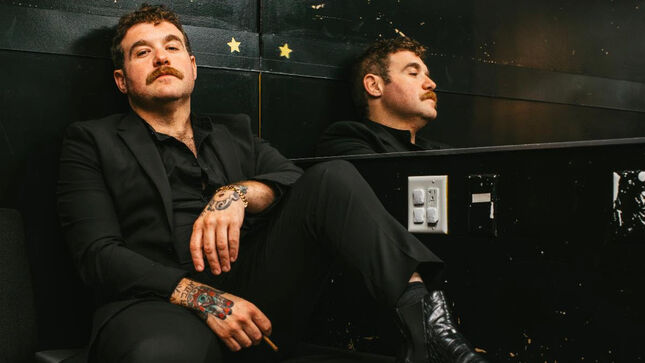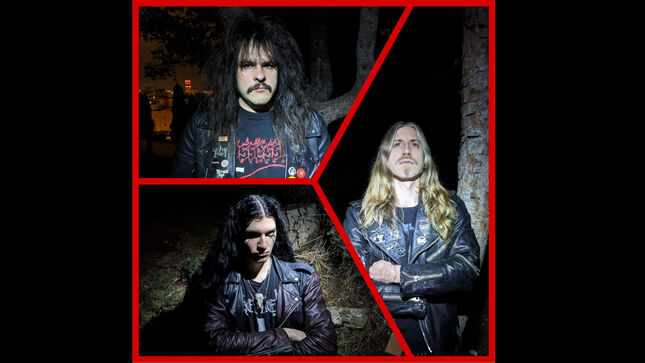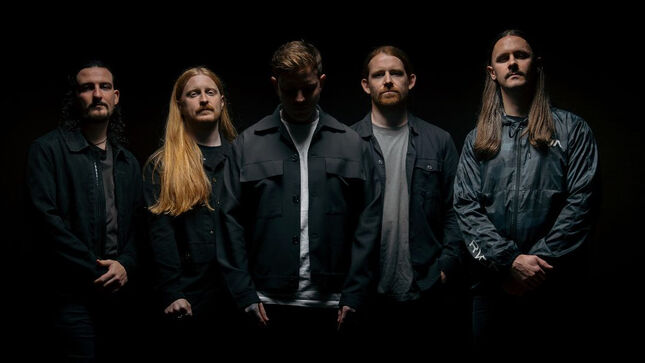
Fresh off a monumental tour supporting genre greats Slipknot across the UK and Europe, Bleed From Within have released the video for their new single “A Hope In Hell”. The latest cut from the new album Zenith, which is set for release on April 4 via Nuclear Blast Records, is a brooding, anthemic slab of the kind of cutting-edge, modern metal that Bleed have become synonymous with.
On the new single, the band comment:
“‘A Hope In Hell’ is one of the more melodic cuts from our latest album and one that we all connected with early in the writing process. The evolution of this song is a great indicator of what we’ve explored on our latest release; we’ve pushed ourselves melodically but also found a dark and heavy groove that really underpins our sound. Looking at the lyrics, life doesn’t get any easier and everyone you know is dealing with its challenges. We are caught in repeating cycles of adversity and hardship, but our perception can change once we accept that growth is on the other side of such things. Take from that what you will just know that we’re rooting for you. Enjoy.”
Pre-order / pre-save Zenith here.

Tracklisting:
“Violent Nature”
“In Place Of Your Halo”
“Zenith”
“God Complex”
“A Hope In Hell”
“Dying Sun”
“Immortal Desire” (ft. Brann Dailor)
“Chained To Hate”
“Known By No Name”
“Hands Of Sin” (ft. Josh Middleton)
“Edge Of Infinity”
“A Hope In Hell”:
“In Place Of Your Halo” video:
“Hands Of Sin” video:
Catch Bleed From Within across North America in 2025 supporting Bullet For My Valentine and Trivium on The Poisoned Ascendancy tour, before they return to the UK and Europe for The Zenith Tour, where they’ll be joined by After The Burial and Great American Ghost.
Find the band’s tour dates and ticket links at bleedfromwithin.com.
Bleed From Within are:
Scott Kennedy – Vocals
Craig Gowans – Lead Guitar
Steven Jones – Rhythm Guitar & Vocals
David Provan – Bass
Ali Richardson – Drums
(Photo – Tom Armstrong)

